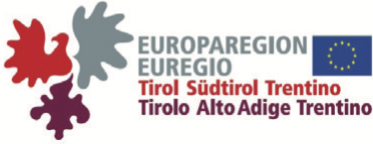Nicolas Troquard
- Area: LaLo
- Level: I
- Week: 1
- Time: 17:00 – 18:30
- Room: C3.06
Abstract
The concept of action is an all-around topic of scholarly investigation. The formal aspects have long been studied by philosophers. It is also a fundamental concept in the field of multiagent systems (MAS) whose main objective is the design of artificial agents who have to interact in an environment, by selecting a given course of action on the basis of their beliefs and preferences.
In computer science, Dynamic Logics (DL) are the archetypical logics to talk about the actions of computer programs. They are modal logics for representing the states and the events of dynamic systems. The language of DLs is both an assertion language able to express properties of computation states, and a programming language able to express properties of system transitions between these states. DLs permit to talk and reason about states of affairs, processes, changes, and results. For every program P, there is a modality <P> where<P>A means that “after P, it is possible that A is the case”.
On the other hand, another family of logics of agency prefers to abstract away from the process of action and concentrate itself on the result of the action. It includes Belnap and colleagues Seeing-To-It-That (STIT), and the logics of Bringing-It-About (BIAT) due to Kanger, Pörn, and others. They are modal logics where for each agent i there is a modality DOES_i where DOES_i A means that “i sees to it / brings about that A is the case”.
These modalities are versatile and can be usefully combined with other notions like time, obligations, beliefs. They find many natural applications in modeling and reasoning about processes, individual agency and collective agency.
This course is to provide a gentle overview to the logics of action and agency and of their applications.
Slides
Chapter 1: Introduction to agency
Chapter 2: Propositional Dynamic Logic and Theory of Action
Chapter 3: The modal view of agency
Chapter 4: Applications of agency to social influence and obligations














